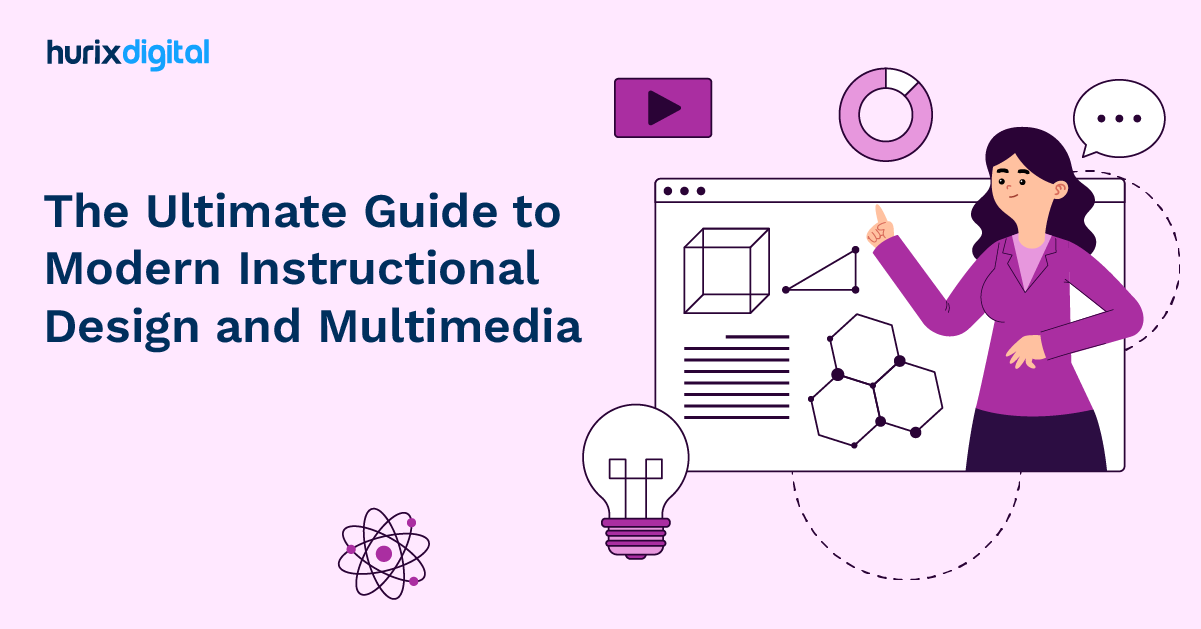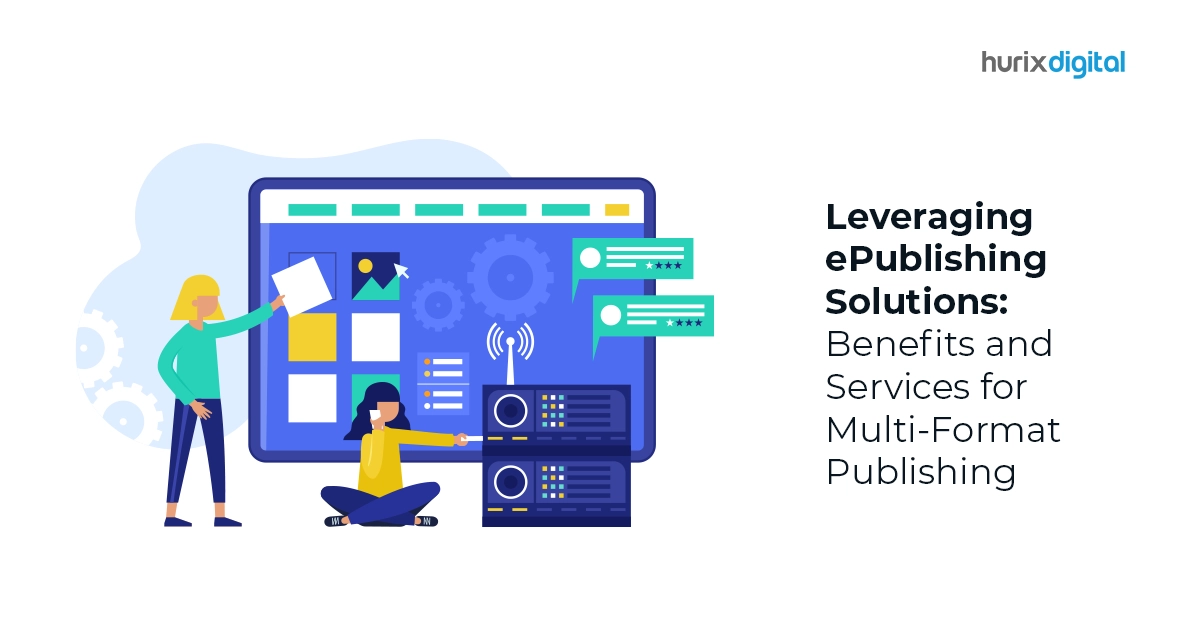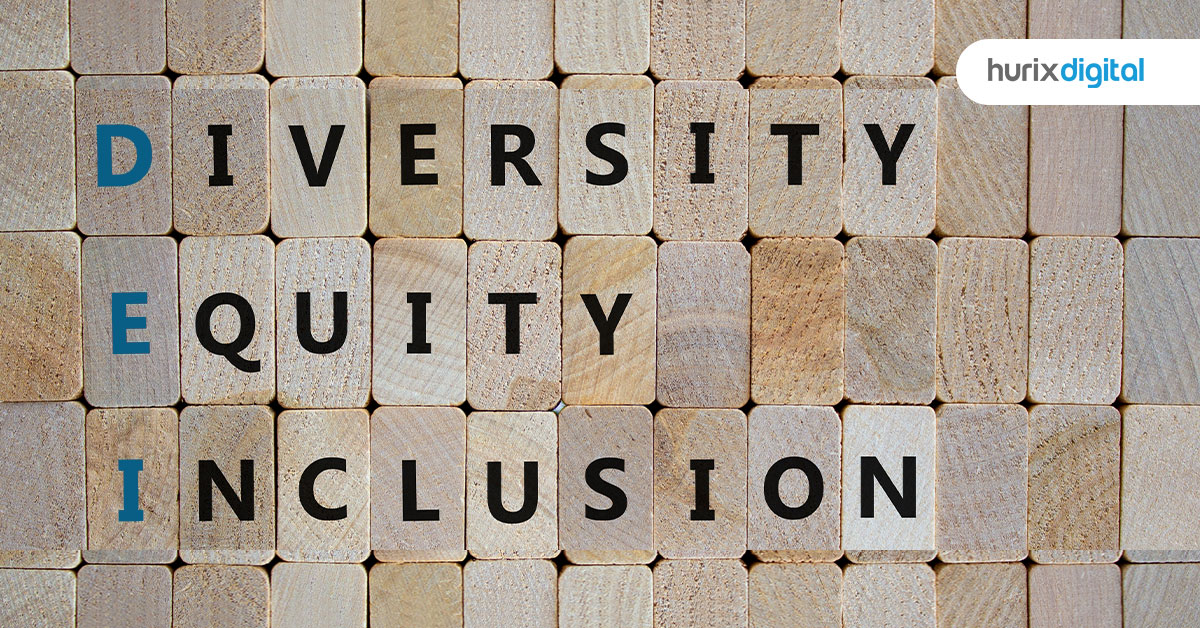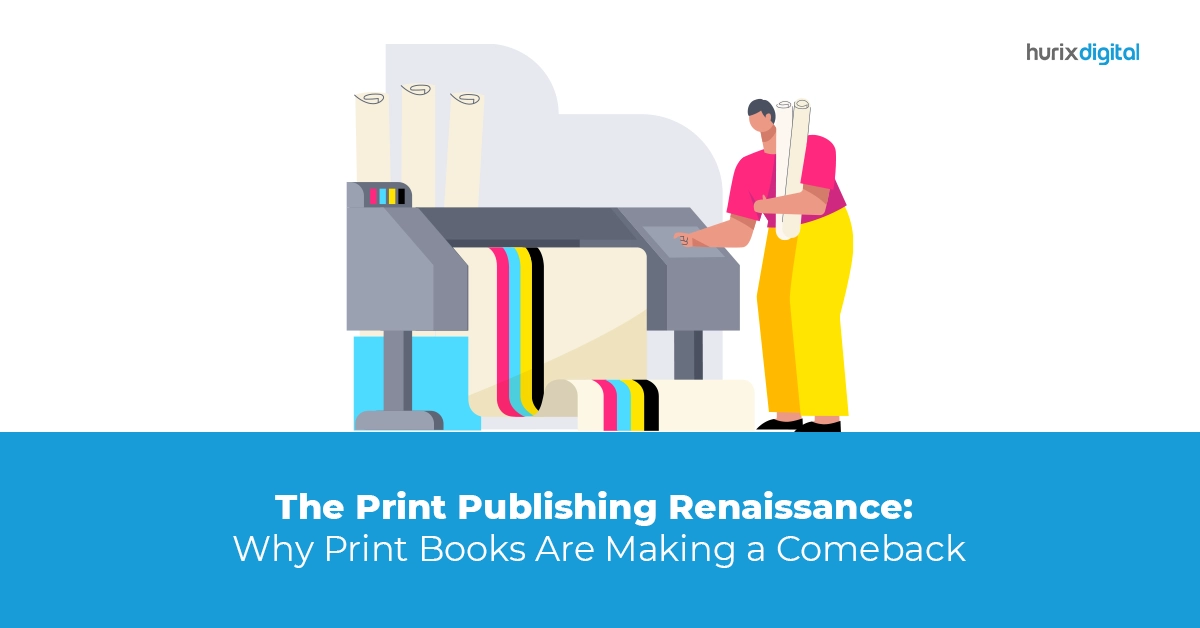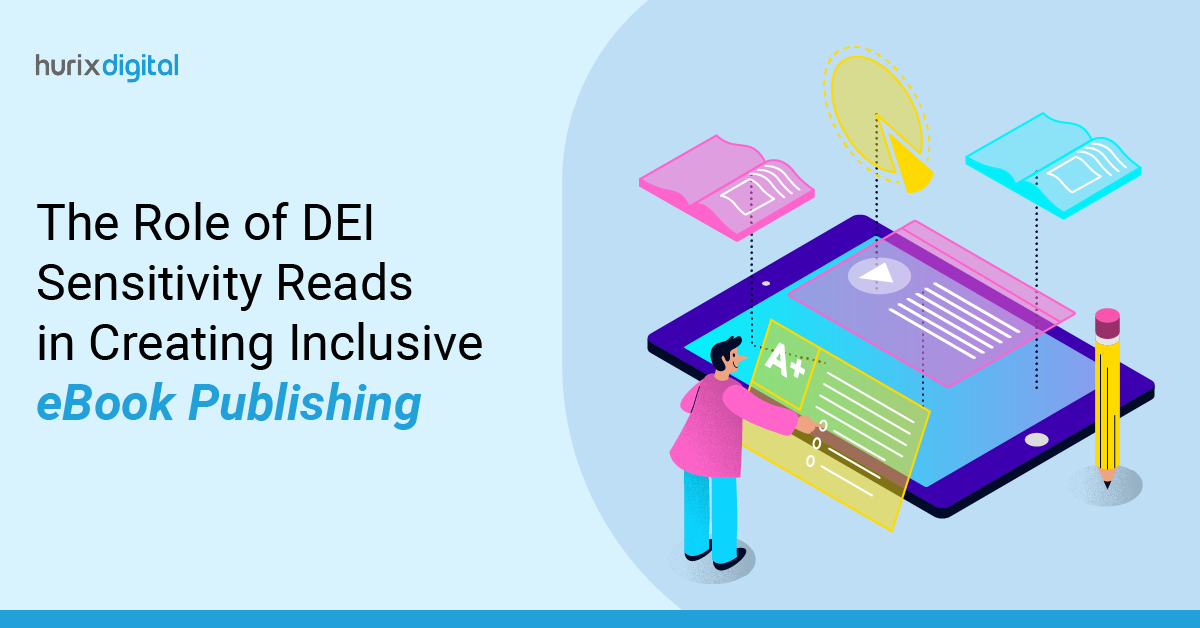
The Role of DEI Sensitivity Reads in Creating Inclusive eBook Publishing
Summary
This blog explores integrating DEI sensitivity reads in eBook publishing services, highlighting the importance of diverse representation, challenges in fixed-layout eBooks, and best practices for inclusive digital content.
How can publishing represent the diversity of its audience? In the current globalized landscape, Diversity, Equity, and Inclusion (DEI) are essential elements of the publishing landscape, fueling the demand for content that resonates with diverse experiences. E-book publishing services are leading this transformation, ensuring digital books are accessible across various formats and platforms.
The growing demand for e-publishing solutions stems from readers’ seeking representation in the stories they engage with. Incorporating DEI sensitivity reads ensures content is free from bias and fosters equitable storytelling. This shift aligns with ethical publishing standards and strengthens market relevance, making inclusivity a cornerstone of digital publishing’s evolution.
Table of Contents:
- What are DEI Sensitivity Reads?
- The Growing Need for Inclusive Content in eBook Publishing
- How DEI Sensitivity Reads Enhance eBook Formatting and Design?
- The Role of Best eBook Converters in DEI Implementation
- DEI and Fixed Layout eBooks: Challenges and Solutions
- Best Practices for Incorporating DEI Sensitivity Reads in E-Publishing
- The Business Case for DEI Sensitivity Reads in E-Publishing
- Conclusion
What are DEI Sensitivity Reads?
DEI sensitivity reads involve critically reviewing content to address biases, stereotypes, or cultural misrepresentations. This is a process that allows digital publications to align with DEI principles, respecting and reflecting diverse perspectives.
For eBook publishing services, sensitivity reads are essential in crafting narratives that resonate with diverse audiences. These reviews address subtle biases in language, character portrayals, or themes, ensuring content avoids offensive or exclusionary elements.
Key areas reviewed include cultural accuracy, gender representation, racial dynamics, and inclusivity in dialogues and descriptions. This is particularly crucial for eBooks with fixed layouts, where visual and textual elements must align harmoniously.
By integrating sensitivity reads into e-publishing solutions, publishers can ensure their eBooks foster equitable representation and cultural awareness.
The Growing Need for Inclusive Content in eBook Publishing
Consumer demand for content representing diverse voices has surged, reshaping the expectations of the eBook publishing services industry. Readers increasingly seek narratives that reflect varied cultural, racial, gender, and social experiences, urging publishers to produce content that resonates universally.
Representation gaps in traditional publishing have long marginalized underrepresented communities. E-publishing solutions can bridge these gaps by providing tools to create inclusive content. Digital formats like fixed layout eBooks offer opportunities to enhance representation visually and textually, accommodating diverse storytelling styles.
Inclusive content also meets publishers’ ethical responsibility, fostering equity and respect in their materials. Features like eBook formatting enable publishers to incorporate varied languages, inclusive visuals, and culturally sensitive elements, ensuring broader appeal. By embracing epub and epub3 advancements, publishers can create interactive and accessible eBooks that enhance diverse engagement.
Incorporating inclusivity into digital publishing solutions is not just a trend but a business imperative. Inclusive content attracts wider readerships, builds brand loyalty, and aligns publishers with the global movement for equity and representation in media.
How DEI Sensitivity Reads Enhance eBook Formatting and Design?
DEI sensitivity reads significantly shape eBook formatting services, ensuring content design respects and accommodates diverse audiences. These evaluations identify biases and provide actionable suggestions for fostering inclusivity in design and layout.
Key ways sensitivity reads enhance eBook formatting and design include:
- Culturally Relevant Visuals: Suggest inclusive character depictions, culturally sensitive illustrations, and appropriate color palettes for diverse audiences.
- Accessibility Features: Advocate for screen reader compatibility, adaptive fonts, and high-contrast options to ensure usability for readers with disabilities.
- Language Representation: Recommend multilingual text options or culturally inclusive language that aligns with global readership needs.
- Interactive Elements: To foster broader engagement, ensure quizzes, animations, and interactive content avoid stereotypes or cultural insensitivity.
- Fixed Layout Optimization: Guide the design of fixed-layout eBooks to reflect diversity while maintaining aesthetic and functional appeal.
The Role of Best eBook Converters in DEI Implementation
Using the best eBook converters for bulk conversion is crucial for upholding DEI principles during format transitions. Converters must maintain content integrity and inclusivity while adapting to diverse digital formats.
Key benefits of using top eBook converters for DEI implementation include:
- Preservation of Inclusive Content: Retains sensitive language, culturally appropriate visuals, and alternative text for images during the conversion process.
- Accessibility Compliance: This feature ensures that screen reader compatibility, adjustable font sizes, and high-contrast modes meet WCAG and Section 508 standards.
- Fixed Layout Consistency: Maintains fixed layout eBook designs critical for textbooks and graphic-rich content without compromising DEI principles.
- Multilingual Support: Facilitates seamless integration of multilingual content, ensuring representation for a global audience.
- Error-Free Bulk Conversion: Ensures large-scale conversions preserve inclusivity by avoiding errors or omissions that could undermine DEI efforts.
DEI and Fixed Layout eBooks: Challenges and Solutions
Maintaining DEI principles in fixed-layout eBooks can be particularly challenging due to their visually intensive and static design. These formats often prioritize aesthetic appeal, making it crucial to balance inclusivity without compromising the visual experience.
1. Key Challenges in Fixed Layout eBooks
Fixed-layout eBooks often face specific challenges in achieving inclusivity and accessibility. These include:
- Text Placement: Overlapping text and visuals can hinder readability for users with visual impairments or cognitive challenges.
- Visual Representation: Images and illustrations may unintentionally reinforce stereotypes or exclude diverse cultural perspectives.
- Accessibility Features: Fixed layouts are more complex when incorporating screen reader compatibility or alternative text.
2. Solutions Through Sensitivity Reads
Sensitivity reads offer actionable solutions for addressing these challenges effectively. Key strategies include:
- Design Adjustments: Sensitivity reads ensure that text and visual elements are positioned to accommodate diverse readers.
- Inclusive Visuals: Sensitivity experts recommend culturally appropriate imagery that reflects diverse audiences.
- Accessibility Enhancements: Implement features like scalable text, high-contrast modes, and descriptive alternative text without compromising the design.
Best Practices for Incorporating DEI Sensitivity Reads in E-Publishing
Integrating DEI sensitivity reads into eBook publishing workflows is essential to ensure inclusivity and equitable representation in digital content. Below are actionable steps to streamline the process effectively:
1. Plan Sensitivity Reads Early
- Conduct DEI sensitivity reviews during the initial stages of content creation, ensuring inclusivity from the outset.
- Collaborate with writers and designers to align content with DEI principles before significant formatting.
2. Partner with Professional Services
- Engage professional eBook publishing services with expertise in DEI to guide sensitivity reads and maintain inclusivity standards.
- Utilize specialized tools provided by the best eBook converters for seamless format transitions without compromising inclusivity.
3. Prioritize Collaboration
- Build a diverse team of editors, cultural consultants, and designers to identify potential biases effectively.
- To align content adjustments with design requirements and foster communication between sensitivity readers and eBook formatting experts.
4. Leverage Technology
- Use advanced e-publishing solutions to integrate accessibility features like screen reader compatibility and alternative text efficiently.
- Apply digital publishing solutions to automate the inclusion of DEI-compliant elements.
5. Conduct Iterative Reviews
- Implement iterative reviews to evaluate content changes suggested by sensitivity reads, ensuring high accuracy and alignment with DEI goals.
- Test the final output across formats, including fixed-layout eBooks, to verify inclusivity and functionality.
The Business Case for DEI Sensitivity Reads in E-Publishing
Incorporating DEI sensitivity reads into eBook publishing services is ethically essential and a strategic business advantage. Here’s how prioritizing DEI positively impacts business outcomes:
1. Improved Audience Engagement
- Inclusive content resonates with a broader audience, ensuring diverse readers feel seen, valued, and represented.
- Fixed layout eBooks with DEI principles can create visually appealing and meaningful experiences, boosting reader satisfaction.
2. Enhanced Brand Reputation
- Publishers who prioritize inclusivity are perceived as socially responsible, strengthening trust and brand loyalty.
- By embedding DEI into e-publishing solutions, brands showcase their commitment to equity and diversity, which appeals to modern consumers.
3. Increased Sales and Market Reach
- Diverse content expands market opportunities by catering to underrepresented communities, unlocking untapped revenue streams.
- Digital publishing solutions aligned with DEI principles attract organizations and institutions seeking inclusive materials.
4. Competitive Advantage
- Publishers adopting DEI sensitivity reads stay ahead by addressing evolving consumer expectations for inclusive digital content.
- Leveraging eBook formatting to integrate DEI ensures scalability and relevance in a global market.
Conclusion
DEI sensitivity reads are essential for shaping equitable and inclusive eBook publishing services. They ensure content resonates with diverse audiences by addressing biases and representing varied perspectives. For visually complex formats like fixed layout eBooks, DEI principles enhance design and accessibility, ensuring engaging and meaningful experiences for all readers.
As the demand for diversity grows, incorporating DEI into e-publishing solutions is a strategic move to stay relevant, expand market reach, and foster inclusivity.
Partner with Hurix Digital to integrate DEI sensitivity reads into your publishing workflows and future-proof your digital content.

Vice President – Digital Content Transformation. He is PMP, CSM, and CPACC certified and has 20+ years of experience in Project Management, Delivery Management, and managing the Offshore Development Centre (ODC).

